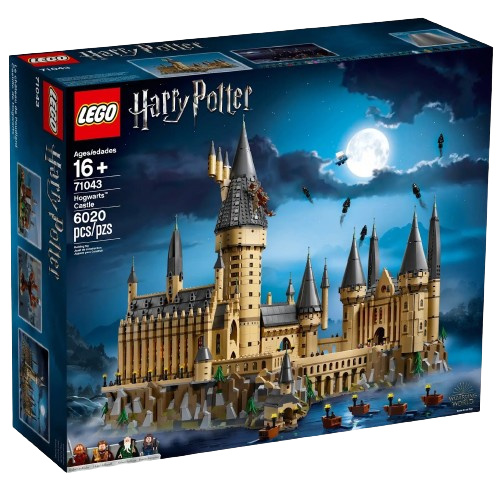
As explored previously, we form emotional connections to characters that we see on television and having these characters made into toys and objects evokes a form of nostalgia when we see them. The market of toys and toy collectibles thrives on the feeling of nostalgia (Escurignan, 2017). This feeling of nostalgia is a psychological phenomenon that plays an important role in our lives as we seek comfort in familiar memories. Yet, companies and brands pray on this vulnerability that we face whilst we experience nostalgia and use this feeling as a marketing tool to make money out of merchandise (Dasgupta, 2023).

There has been a revival of pop culture toys and objects inspired by TV and movie characters in recent years. This connection between pop culture and the toy and game industry is evident in the resurgence of classic pop culture toys like Disney, LEGO sets designed to recreate scenes from Harry Potter or Star Wars, Transformer toys like the movie, showcasing the enduring include of pop culture on the toy and game industry (Dasgupta, 2023).
Nostalgia is powerful in the entertainment media, influencing the resurgence of beloved characters and storylines that evoke feelings of comfort, familiarity and emotional attachment. This feeling of nostalgia can have a profound impact on individuals during difficult periods. In these periods of turmoil, we turn to seek solace and comfort in familiar experiences from the past (Dasgupta, 2023). Toy companies are able to use these emotional connections to create products that consumers will buy even in hard times, driving sales and brand loyalty.
Brands use nostalgia as a marketing tool. They connect with their audiences through elements that hold strong feelings to past memories and encourage them to buy this new merchandise. Nostalgic toys, whatever form they come in, are a lucrative market for companies to boost sales (Dasgupta, 2023).